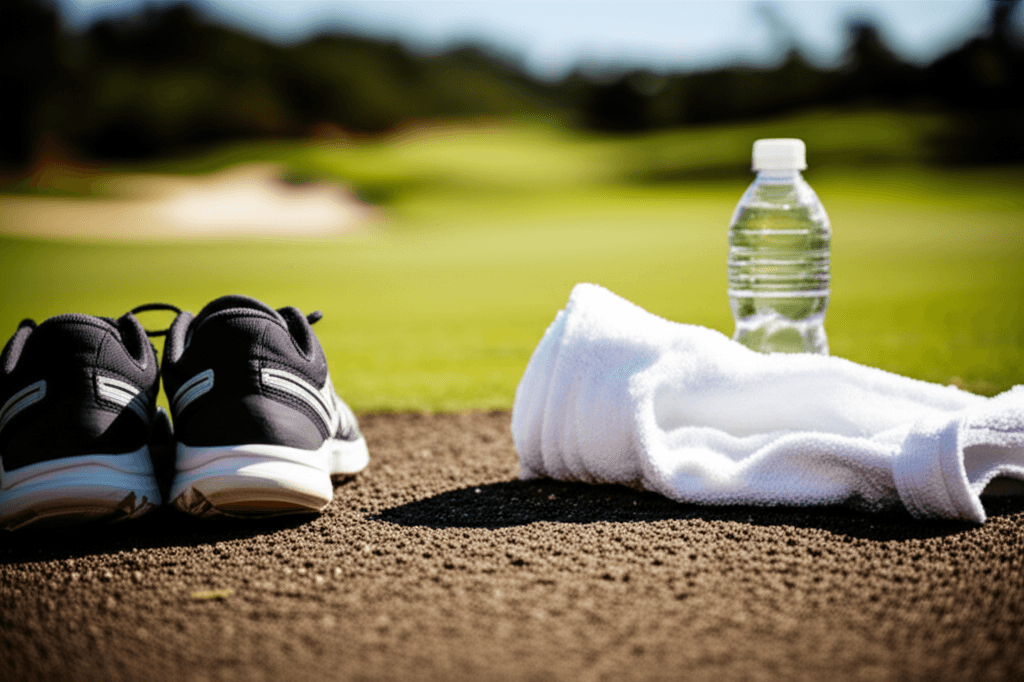Even the most dominant athletes, whose careers are defined by unparalleled success and rigorous training, often look back with lessons learned. For golf legend Tiger Woods, a figure synonymous with athletic prowess in a sport not traditionally associated with extreme physicality, one particular fitness routine stands out as his biggest regret: excessive long-distance running. This singular focus, while contributing to his early physical conditioning, ultimately “destroyed” his body and led to a cascade of injuries that plagued his illustrious career.

The Apex of Physicality and its Unforeseen Price
Tiger Woods revolutionized golf by bringing an unprecedented level of athleticism to the sport. In his prime, his daily regimen was famously intense, often including multiple gym sessions, hours of golf practice, and substantial cardio. During his early years on the PGA Tour, this cardio component heavily featured running, with Woods reportedly logging “over 30 miles a week”. His dedication was unmatched, often involving two four-mile runs a day, alongside weightlifting, extensive golf practice, and even playing other sports like basketball or tennis.
While this rigorous approach undoubtedly contributed to his explosive power and endurance, it also placed immense stress on his body. Over the years, Woods has undergone numerous surgeries and dealt with a litany of physical ailments, particularly affecting his knees, back, and Achilles tendons. He has had five surgeries on his left knee and four on his back, not to mention Achilles issues.

The Regretted Regimen: Miles on the Course, Miles on the Pavement
When asked what he would tell his younger self if given the chance, Woods’ response was unequivocal: “Not to run so much”. He directly attributed many of his long-term physical struggles to this specific practice. “Running over 30 miles a week for probably my first five, six years on Tour pretty much destroyed my body and my knees,” Woods once stated. This candid admission highlights a critical lesson about the impact of high-intensity, repetitive stress on an athlete’s body, especially when not balanced with appropriate recovery and varied training.
The sheer volume of running, combined with the explosive rotational demands of the golf swing, created a perfect storm for wear and tear. Modern strength and conditioning experts often point out that while Woods inspired a generation of golfers to prioritize fitness, his early methods might not align with current best practices for injury prevention and long-term athletic health.

A Modern Perspective on Athlete Longevity and Training
Today, sports science emphasizes a more holistic and nuanced approach to athlete conditioning, especially for sports like golf that require power, precision, and endurance. While cardio remains crucial, the type and intensity have evolved:
- Low-Impact Cardio: Instead of extensive running, contemporary training often favors low-impact options like stationary cycling, swimming, or elliptical trainers to build cardiovascular fitness without the harsh joint impact. These methods allow athletes to maintain cardiovascular health while protecting joints from repetitive stress.
- Strength and Core Stability: A strong emphasis is placed on building functional strength, particularly in the core, glutes, and hips. These areas are vital for generating power in the golf swing and providing stability, thereby reducing strain on the back and knees.
- Flexibility and Mobility: Daily stretching, yoga, and Pilates are increasingly integrated to improve range of motion, prevent muscle imbalances, and enhance overall body control, which is critical for a fluid and powerful golf swing.
- Periodization and Recovery: Training programs are carefully periodized, meaning they vary in intensity and volume to allow for adequate recovery. Rest days, active recovery, and proper nutrition are seen as equally important as the workouts themselves in preventing overtraining and injury.
Tiger Woods himself has had to adapt his training significantly in recent years due to his injuries and a severe car accident in 2021. His current routine focuses on low-impact, high-efficiency workouts that prioritize strength, flexibility, and mobility without aggravating his surgically repaired back and legs.

Lessons for Aspiring Athletes and Fitness Enthusiasts
Tiger Woods’ experience offers invaluable lessons for anyone engaged in physical activity, from aspiring athletes to everyday fitness enthusiasts:
- Listen to Your Body: Ignoring persistent aches and pains can lead to more severe, chronic injuries. Early intervention and rest are crucial.
- Vary Your Training: A balanced fitness routine should incorporate different types of exercise to work various muscle groups and reduce repetitive stress on specific joints. Cross-training is key for overall health and performance.
- Prioritize Recovery: Adequate rest, sleep, and recovery strategies (like stretching, foam rolling, or low-impact activities) are just as vital as the workouts themselves.
- Seek Expert Guidance: Consulting with modern strength and conditioning coaches or physical therapists can help develop a personalized training plan that minimizes injury risk and maximizes performance for your specific sport or activity.
- Long-Term Health Over Short-Term Gains: Pushing the body to its absolute limit without considering the long-term consequences can have severe repercussions. Sustainable training practices are essential for a healthy, active life.
Tiger Woods’ impact on golf is undeniable, and his willingness to share his regrets about past training offers a powerful message. While his early dedication was instrumental in his rise to superstardom, his later struggles underscore the importance of smart, balanced, and body-aware fitness for sustained performance and longevity in any physically demanding endeavor.







